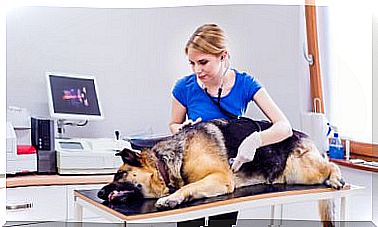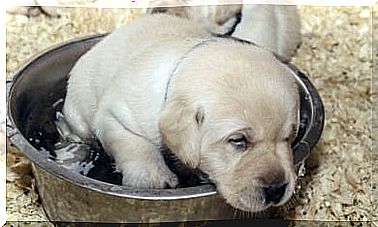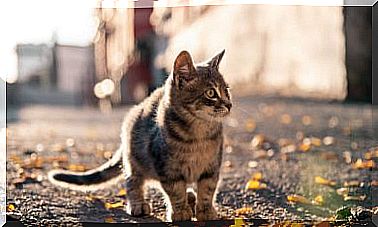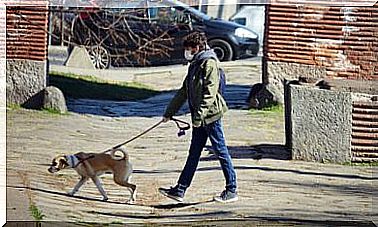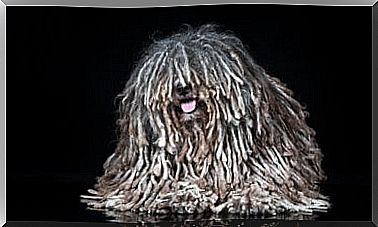The Callopsite Parakeet: An Extraordinary Pet
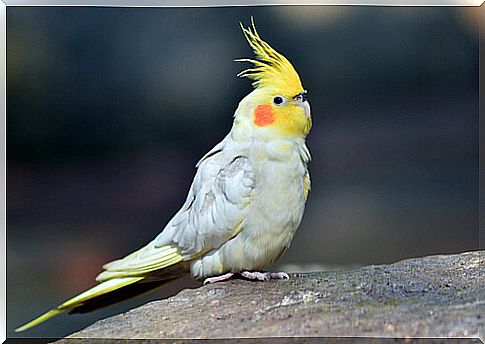
Today we are going to talk about an increasingly common winged pet: the callopsite parakeet, which we also know by the name of the nymph or carolina cockatoo. If you want to know more about its characteristics, food and care, do not miss what comes next.
Origin of the callopsite parakeet
The scientific name for this animal is Nymphicus hollandicus. Within birds, it is included within the genus Psittaciformes, which includes parrots, parrots and cockatoos. We are before the only representative of the genus Nymphicus .
The callopsite parakeet comes from the Australian outback, and its habitat in the wild is reduced to open areas with little vegetation density. Sometimes they can be seen near agricultural areas.
General characteristics
Regarding the size, it can be said that we are facing a medium-sized bird, which does not usually exceed 35 centimeters in height and is around 100 grams in weight.
Above all, its erect crest stands out, formed by yellow feathers, and the orange spots that they present on the cheeks. The tail feathers are usually very long and sometimes up to half the total size.
The plumage of the body has many variations, although the one that usually predominates is gray interspersed with white stripes. Likewise, there are color differences between males and females.
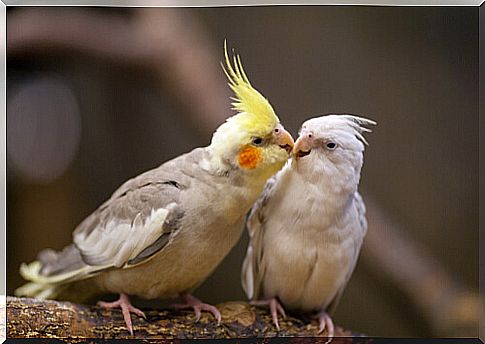
An excellent pet
Despite its remote origin, today the callopsite parakeet has spread as a regular pet throughout the world. This is due, in part, to the fact that they are docile and affectionate animals.
If they are educated from an early age, they can establish a strong connection with their owners. If we are patient enough, we can even teach them to say some words or imitate certain sounds.
Being animals adapted to gregarious life, it is interesting to have at home a couple of nymph cockatoos or even other species of parakeet. If, on the contrary, we already have larger birds at home, such as a parrot, we must avoid that both species are in the same cage.
Callopsite parakeet feeding
If we want our pet to grow up healthy, the diet that we provide has to be as similar as possible to that of the wild specimens. Therefore, the seeds, green leafy vegetables and some fruits should not be missing. Another important aspect is the quantity: although it varies depending on the weight of our parakeet, it should not exceed 14% of the total weight of the animal.
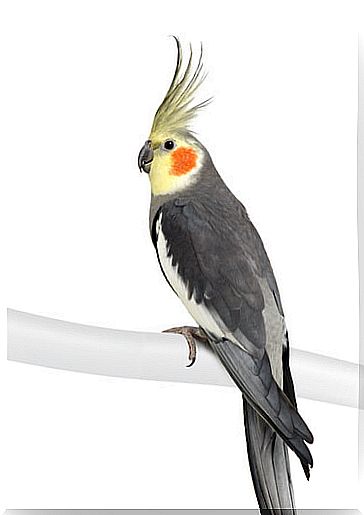
The diet should be based on two fundamental bases: a part of dry food –mijo, birdseed, flax, rice, hempseed– and a wet part, where we can include lettuce, celery, arugula or even lamb’s lettuce. Occasionally, we can ‘reward’ the callopsite parakeet with sunflower seeds, fruit juice or unsweetened cereals.
Basic care
If we want our pet to live happily, we must ensure that the cage is large enough so that it can stretch its wings without problem. The callopsite parakeet likes to play, move and flap, hence it is advisable to purchase a cage of generous dimensions.
Other points in favor are including several perches so that the animal can move freely, and also having several toys such as swings, bells or strips of string of bright colors.
As for hygiene, they do not require any special treatment, beyond keeping the cage clean daily. It is also important to clean and change the water in the drinker, to keep unwanted biological agents at bay.
For his part, the vet can help us with some tasks such as beak filing or nail trimming. All this, combined with a quality diet, will keep our pet in ideal conditions.
